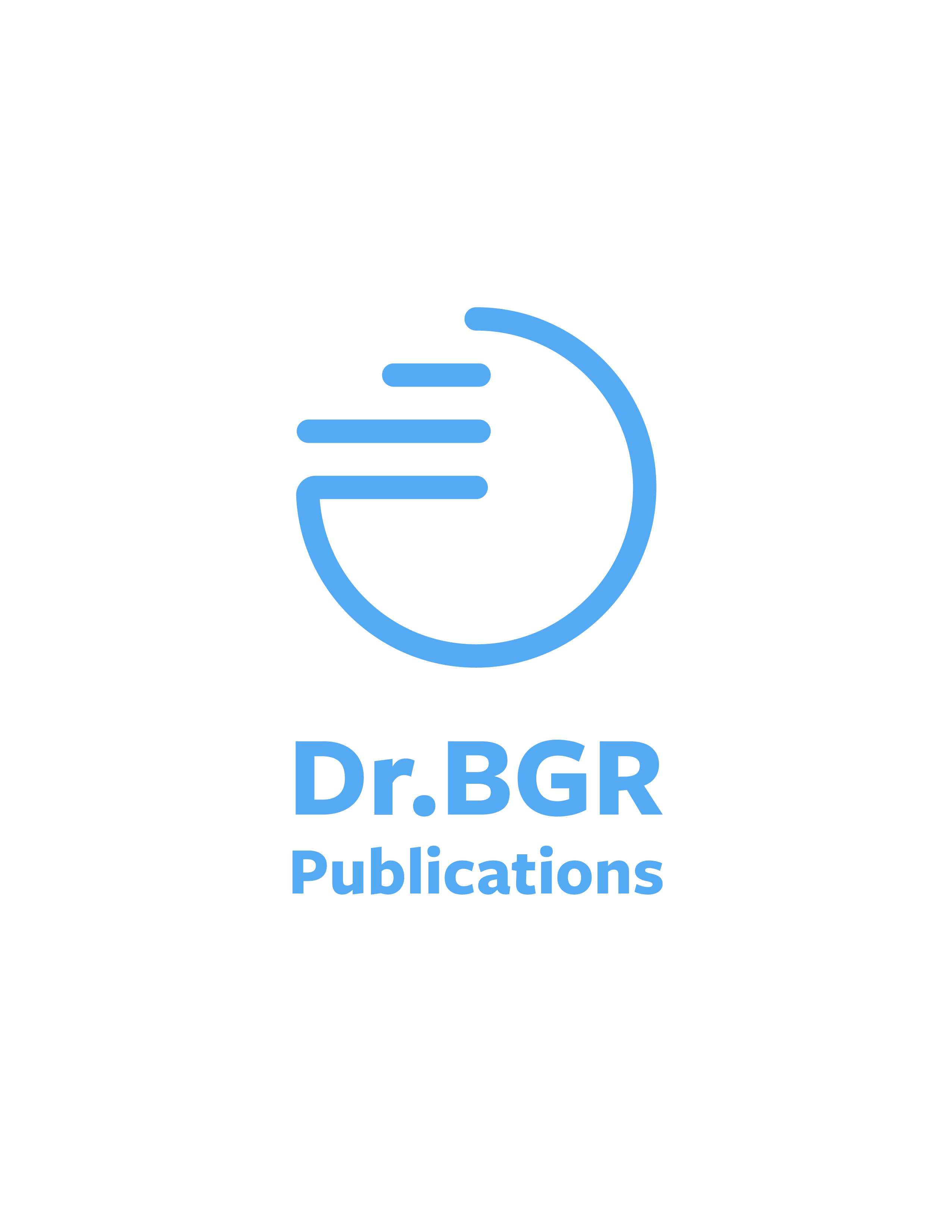A Study to Assess Prevalence and Major Risk Factors for Stroke in Acute Neuro Care Unit
Authors
Uzma Tabassum et al.,
Keywords
Hypertension | Diabetes mellitus
Publication Details
Vol: 7; Iss:9; Sep 21 | ISSN: 2454-5422
Abstract
Background:
A stroke is a severe medical disorder that happens when a portion of the brain’s blood supply is cut off. Like all organs the brain requires to function properly with the oxygen and nutrients supplied by the blood. If blood flow is interrupted, brain cells start to die which results in brain damage and eventually causes death.
Two major causes of strokes are:
- Ischemic (over 80 percent in all cases): Blood flow ceases leading to blood clotting
- Hemorrhagic: A weakened blood vessel that supplies brain bursts and damages the brain
Transient Ischaemic attack (TIA) is also a related condition in which blood supply to the brain is temporarily interrupted causing a ‘mini stroke’. TIAs should be carefully handled as they are always an alert sign that a stroke is approaching.
Objective:
To investigate the stroke epidemiology, its prevalence and risk factors in order to increase people’s awareness of this problem. It also provides therapeutic management to improve patient quality of life.
Methodology:
It is an observational study carried out to evaluate the prevalence and major risk factors of stroke, for a study period of 6 months using valid and reliable data collection forms at the Neurology department of Medicover Hospital, Hyderabad, India.
Results:
Of the total 150 stroke patient’s cases observed, the majority of the cases were males (54.6%) compared to females (45.4%). Most cases were between 41-60 age groups, 59 (39.4 percent) cases. Ischemic stroke (39.40 percent) was the most common cause of hospitalization followed by haemorrhagic stroke (29.3 percent). Hypertension (94.6 percent) is the most common cause of stroke associated with diabetes and other disease conditions. The most common risk factor is Alcohol intake (82.6 percent). The most common form of drug used during treatment is Cognistar (98.6 percent) based on medical management. Compared with other types of CT-scan diagnosis (93.3 percent) the most frequently used during the process.
Conclusion:
The risk factors for strokes are split into non-modifiable and modifiable ones. Transient ischemic attack and family history are important non modifiable factors that cannot be regulated. Additionally, uncontrolled hypertension accompanied by uncontrolled diabetes are the most prevalent modifiable risk factors. In addition, physical inactivity, cigarette smoking, excessive alcohol consumption and obesity are known to be risk factors that can alter the stroke. By controlling or avoiding those modifiable risk factors, the alarming stroke can be reduced or even prevented.


